
Inside a dusty compound in northern Iraq, amid bombed-out tanks and empty prison cells once used for torture, a group of photographers gathered for a week-long intensive workshop on photojournalism.
Along with photographers Kael Alford, Newsha Tavakolian, and Anastasia Taylor-Lind, I was invited to be an instructor in the workshop, held earlier this month at the Amna Suraka, the national genocide museum in Sulaymaniyah, Iraq. The workshop, the brainchild of Stephanie Sinclair, Sebastian Meyer and Kamaran Najm, was sponsored by IREX International and organized by Metrography, Iraq’s first (and only) photo agency.
Najm, founder of Metrography and one of the organizers of the workshop, said it was important for Iraqi photographers to broaden their horizons and focus on more in-depth stories. “Without this workshop, Iraqi photographers would only know how to shoot wire images. Stories would disappear only to be told by foreigners. This workshop means that Iraqis will have the skills to do it themselves,” he said.
Meyer, who runs Metrography with Najm, added, “This is a new era of Iraqi photojournalism.”
Students came from all across Iraq and while several of them had been working for years as freelance photographers for wire services, many were newcomers to photojournalism. One of my students, Bashar Abdulah, hosts a television show for children in Mosul and another, Asaad Zwain, is the official photographer for a mosque in Najaf. Gona Aziz, one of two female students in the workshop, is a high school teacher.
Iranian photographer Newsha Tavakolian was Aziz’s instructor. “She had never made serious pictures before,” Tavakolian said. “Very amateur. She didn’t know how to use her camera, didn’t have a portfolio to show.” Tavakolian guided Aziz on how to use her camera then suggested she take pictures of the women in her family. She was surprised by the results.
“She came back with amazing pictures,” Tavakolian said. “They are all hungry for learning. When you give them opportunity, they really use it in a good way.”
“Every single one of them without fail made huge steps,” said Anastasia Taylor-Lind, a British photographer based in Beirut. One of Taylor-Lind’s students, Ahmed Husseini, spent days photographing at a hotel where day laborers lived, capturing intimate aspects of the workers’ lives. “I’m a changed photographer now because the workshop made me live with the story, something I’ve never experience before,” he said. “Before I just took pictures for AP, but now it’s different.”
I was deeply moved by the heart and determination of the students. The first photographs taken during the workshop by Abdulah, the television host from Mosul, were pretty dismal – out of focus and poorly exposed. But despite being detained four times by police (a government building was across the street from the magazine stand he was photographing), he kept going back to shoot more and eventually captured some strong images. Another student, Ari Mohammad, made pictures during the workshop with a huge bandage on his hand. I discovered later that he had been shot while covering protests in Sulaymaniyah in March. His photographs of Sulaymaniyah at night are filled with mood and capture a side of the city rarely seen.
Kael Alford, who has been working on and off in Iraq since 2003, said she never imagined she would be back teaching a photography workshop. “I was really happy to have at least one Iraqi woman in my class.” she said. “I would be so excited to see more women photographers in Iraq. We would begin seeing things from this country we haven’t see before.”
Alford inspired one of her female students, Bnar Sardar, an NGO worker, to begin to pursue photography as more than a hobby. “I used to take photographs as a hobby but now I realized that there is so much behind photography, not just pointing and shooting. You have to think. You have to be human. You have to deal with people. You don’t stop. You have to keep thinking.”
I stressed to the students that I wanted them to show me a side of Iraq that a tourist wouldn’t see, a side of Iraq that a western journalist couldn’t discover. I wanted them to show me their Iraq. And they did, beautifully.
Organizers Najm and Meyer said they hoped that the workshop would become a fixture in Iraq. “Perhaps we can turn it into a festival in a few years,” Najm said. “There’s so much potential here in terms of photographic talent.” Meyer added, “It exceeded expectations. I had no idea they’d pull off the work they did.”
Tavakolian said she was equally moved by the students work. “It’s so beautiful to see the country through the eyes of the local people.”

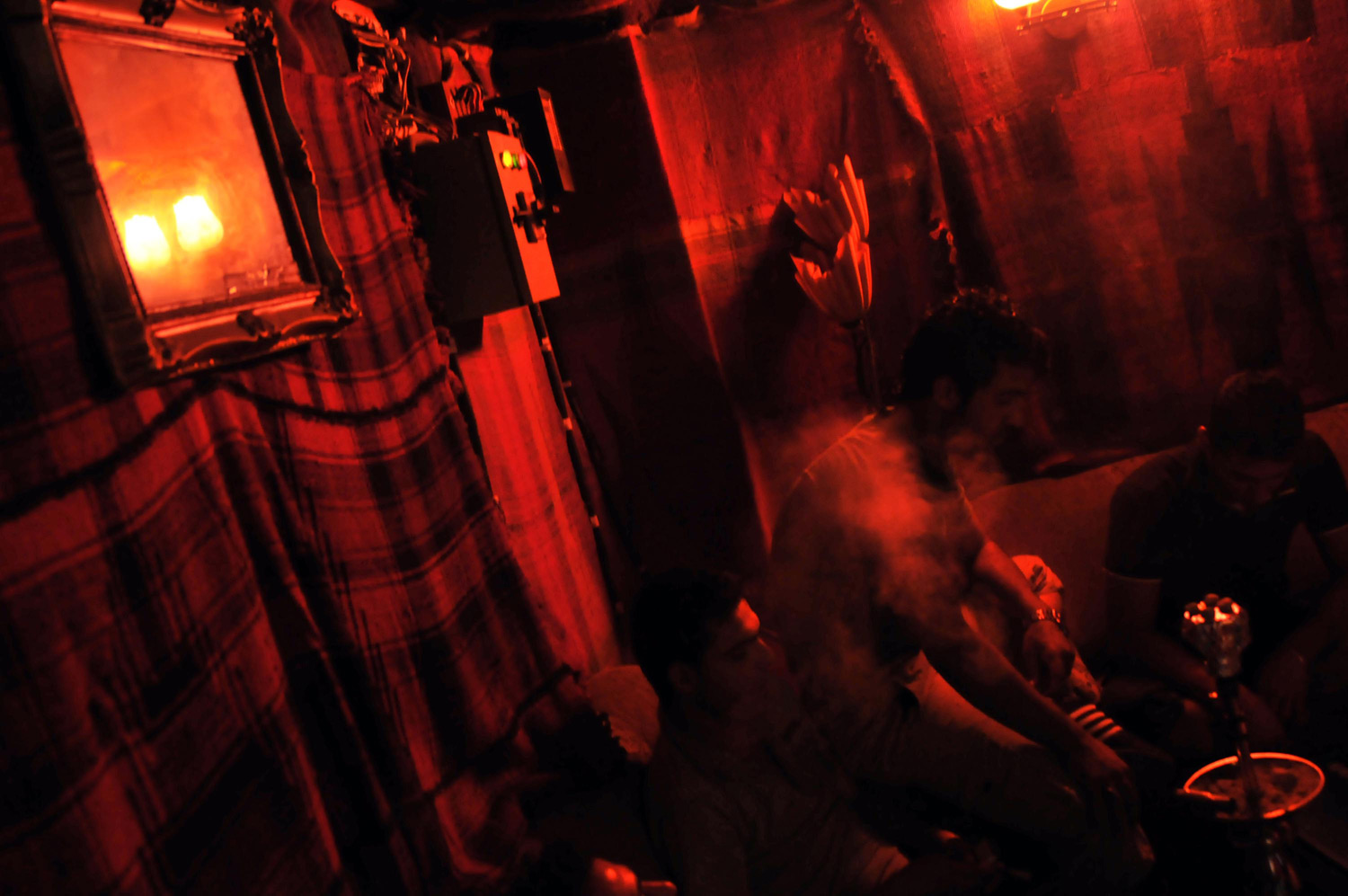
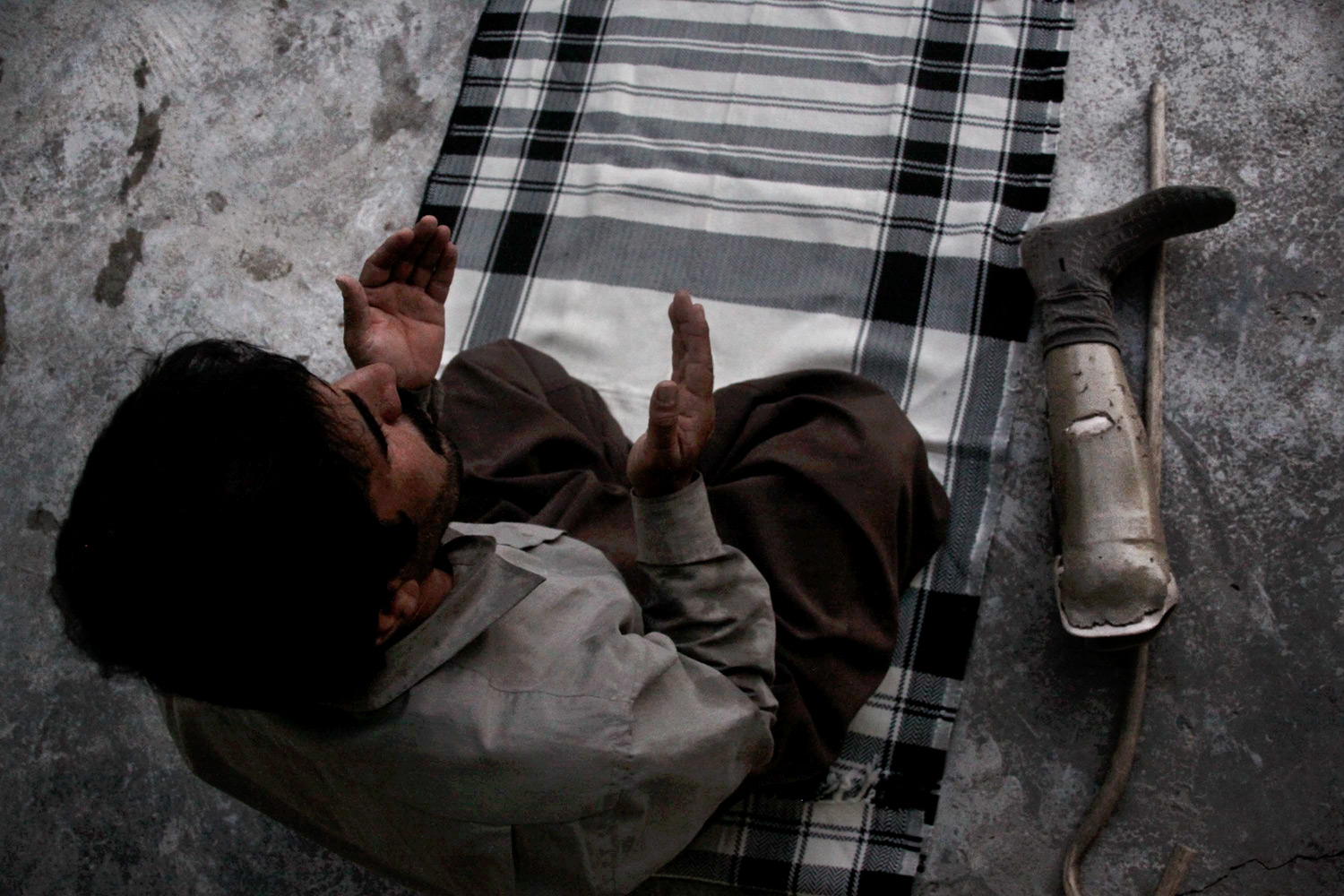
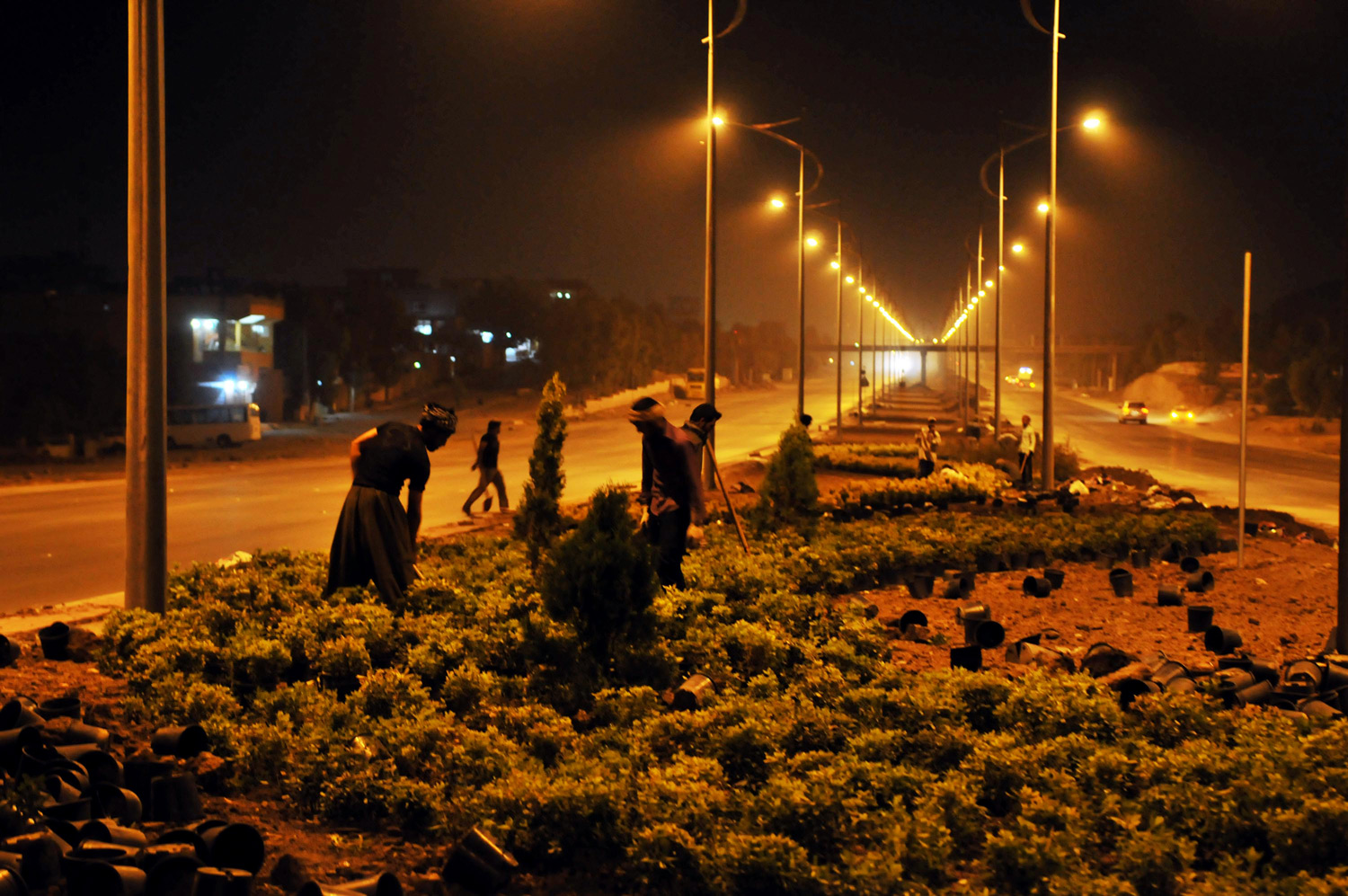

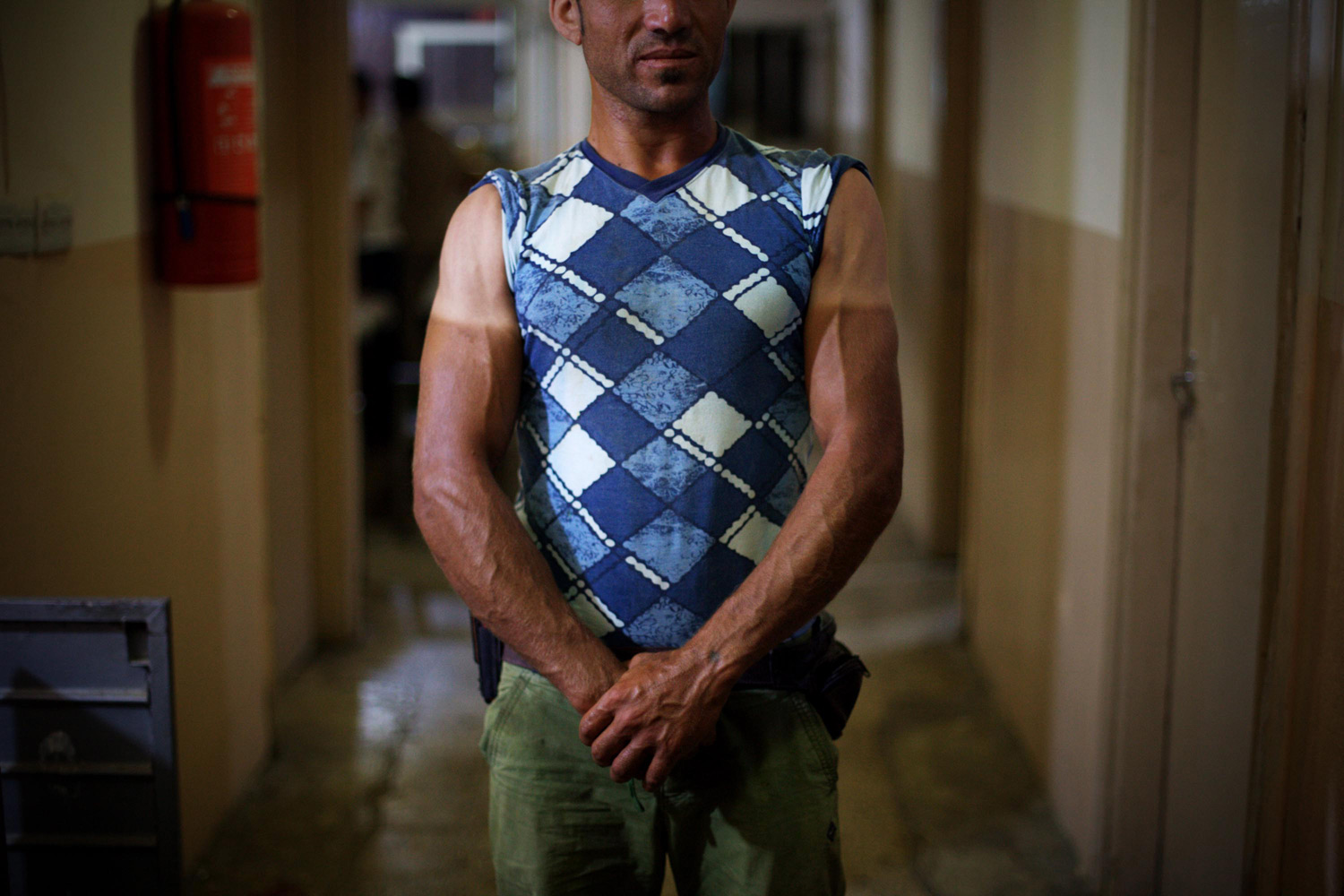
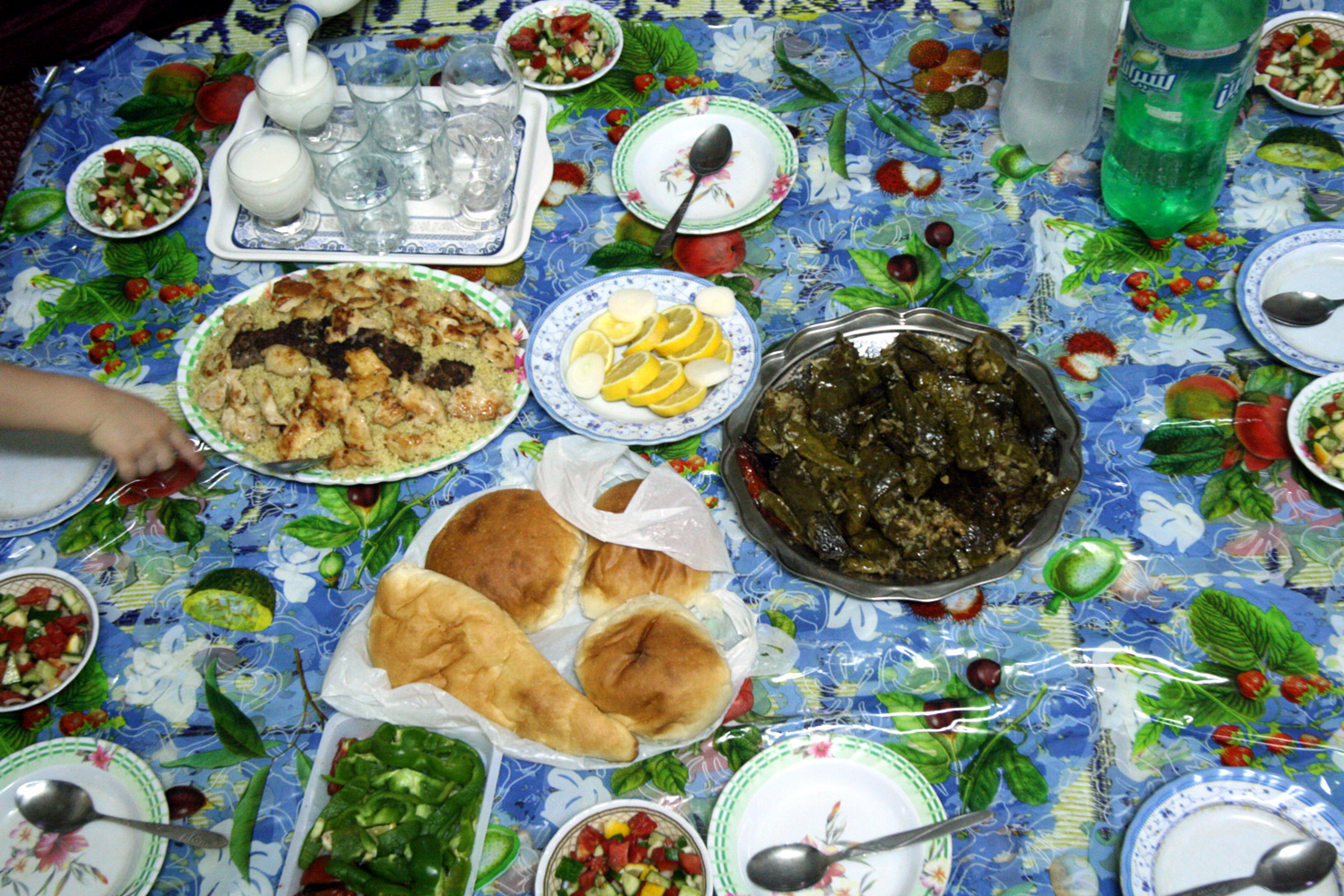
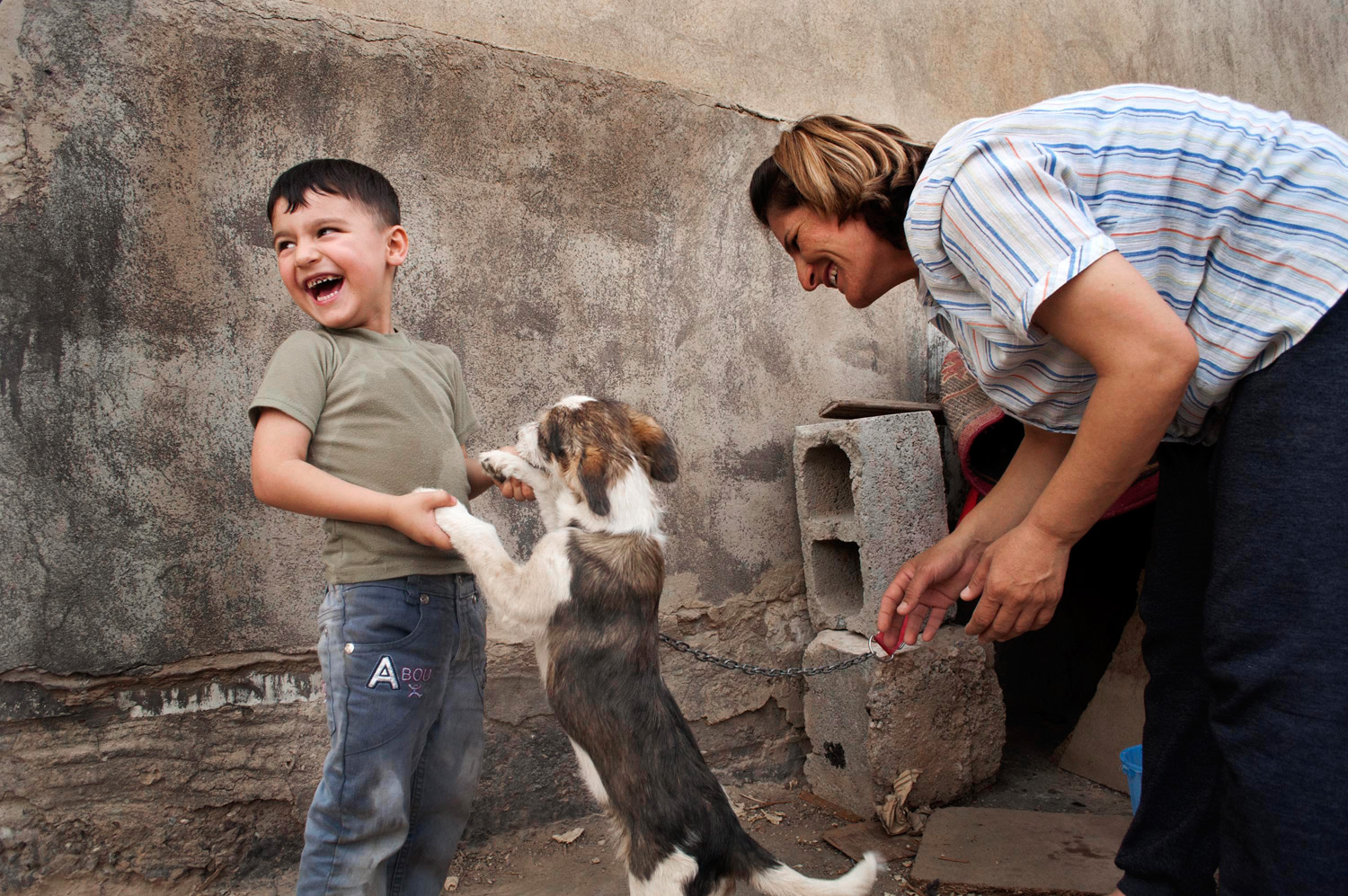

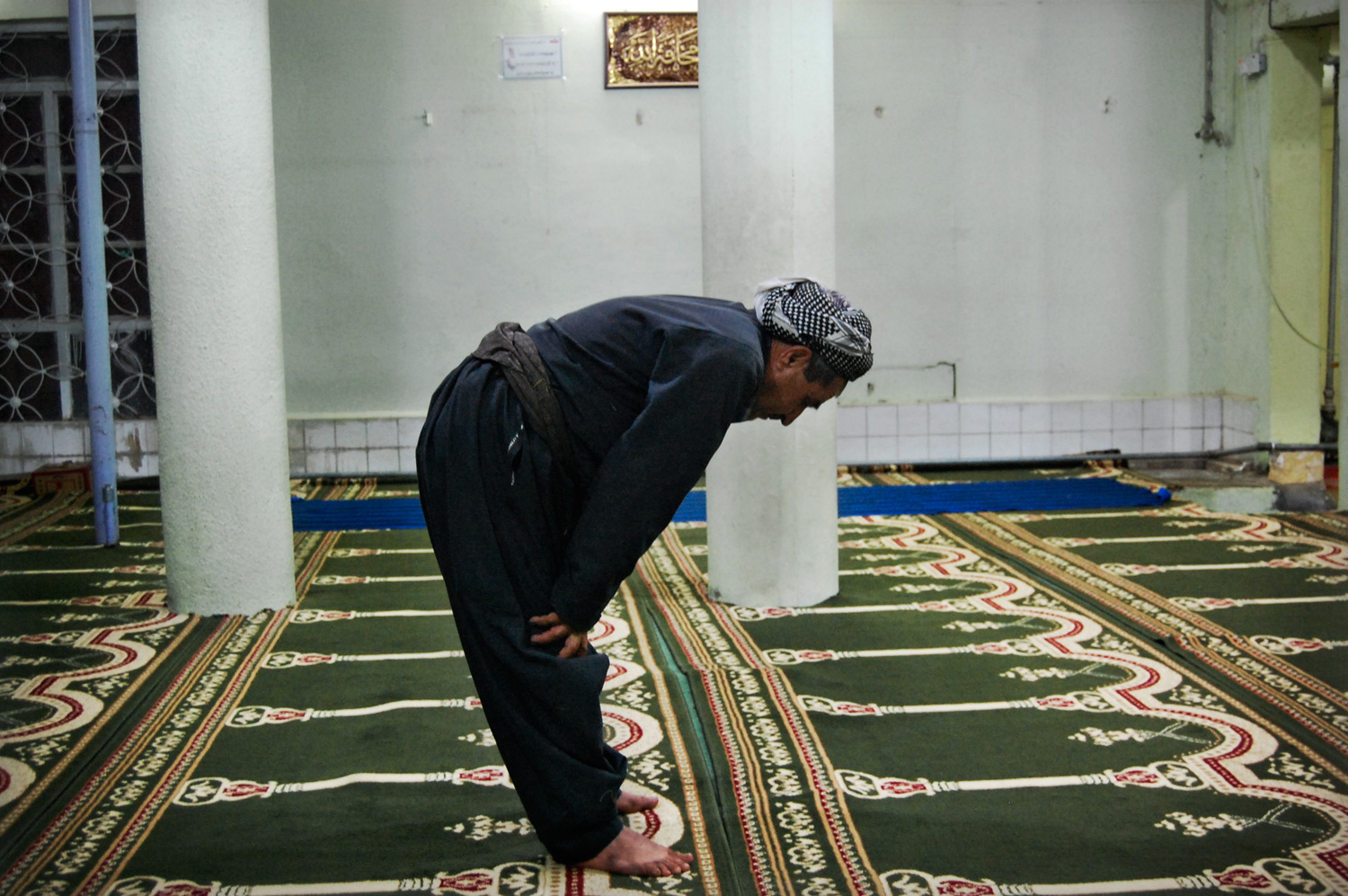


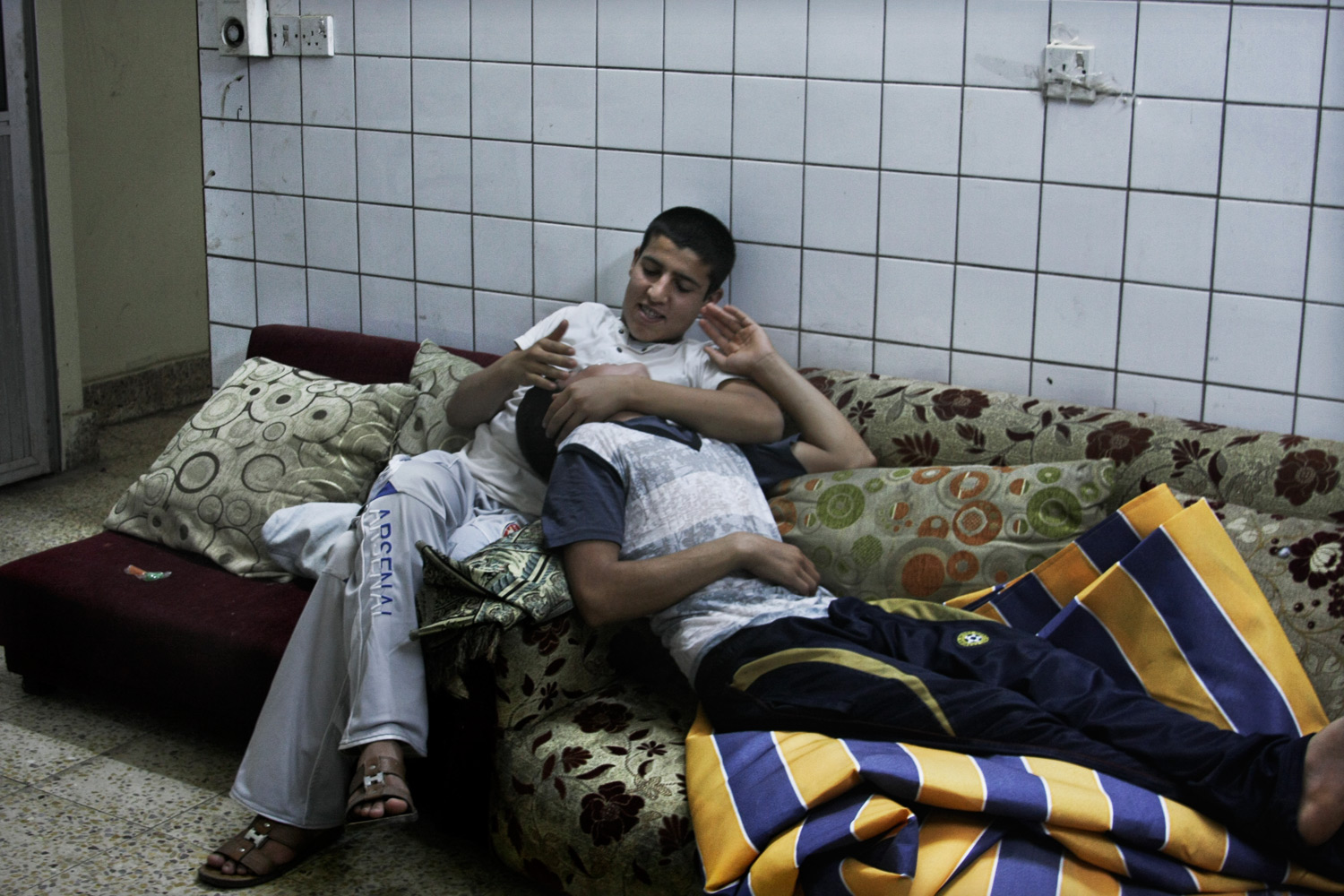
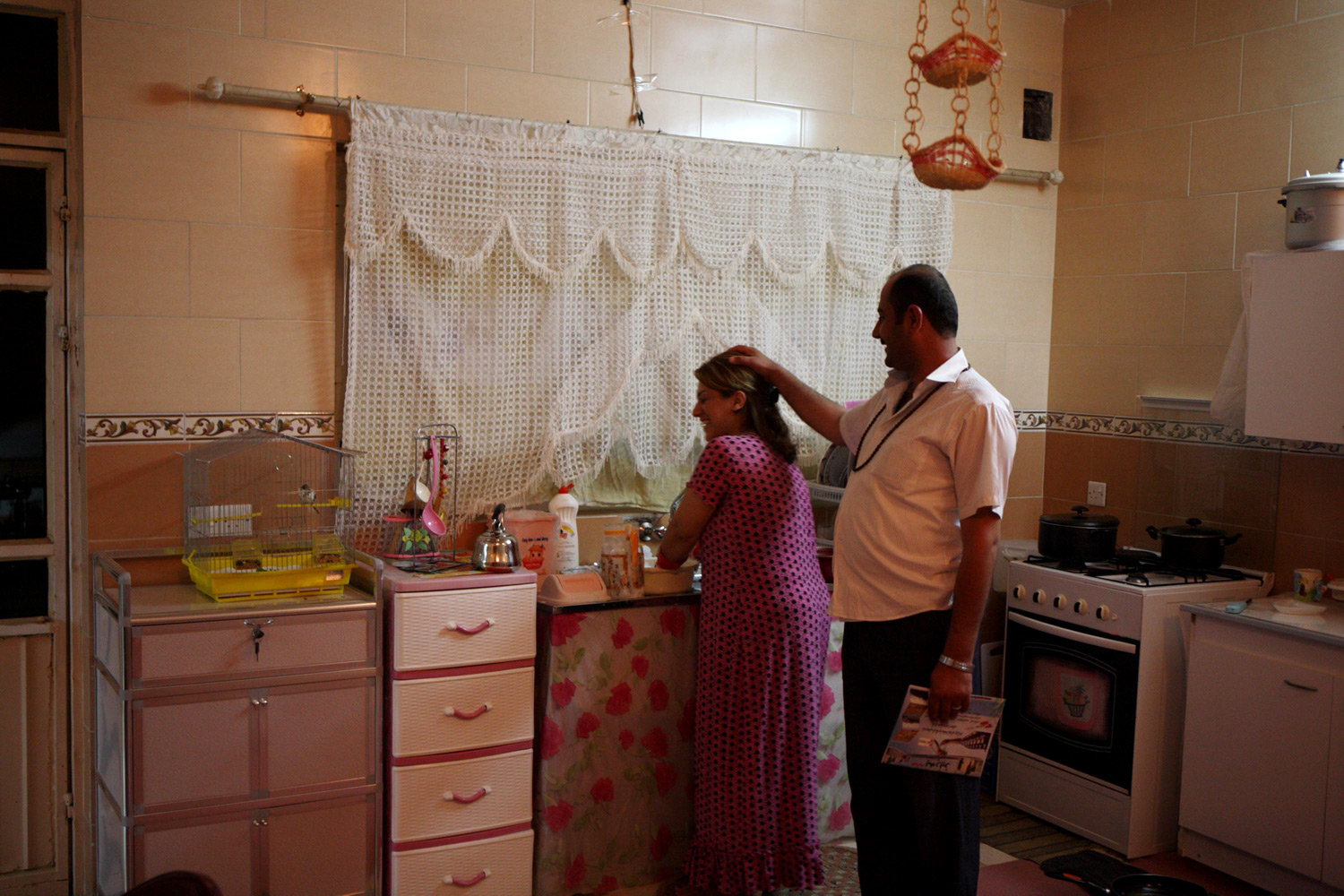
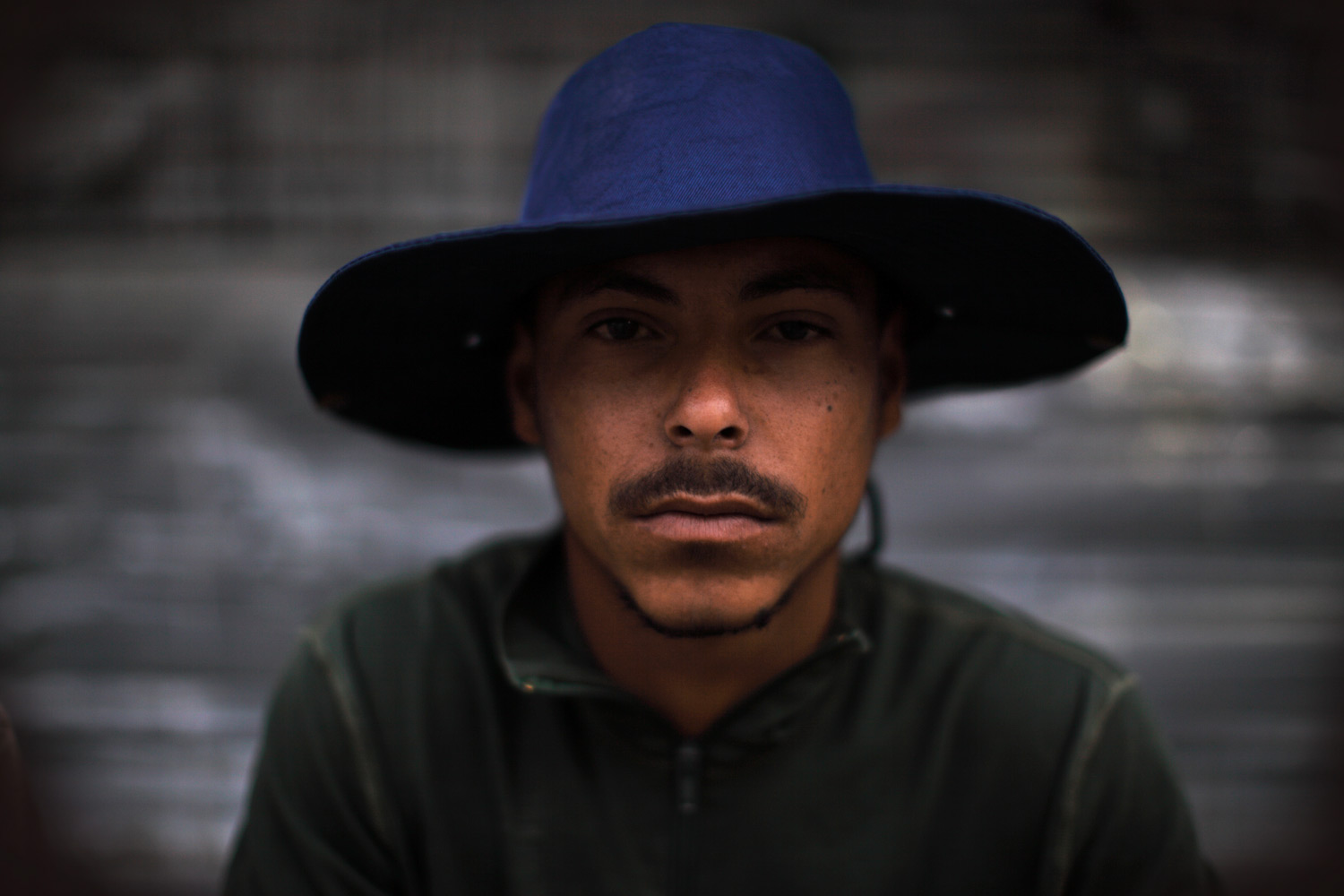

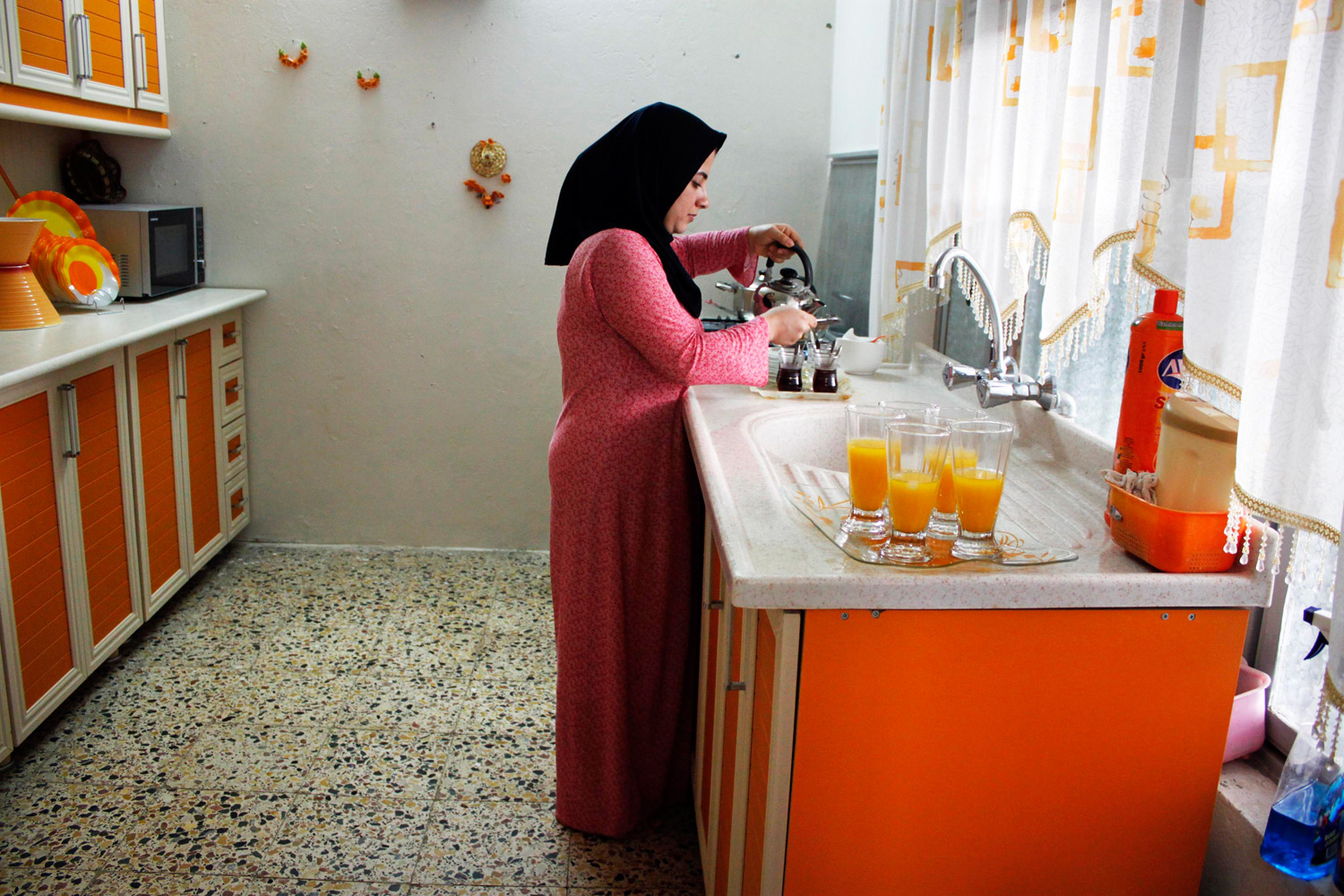
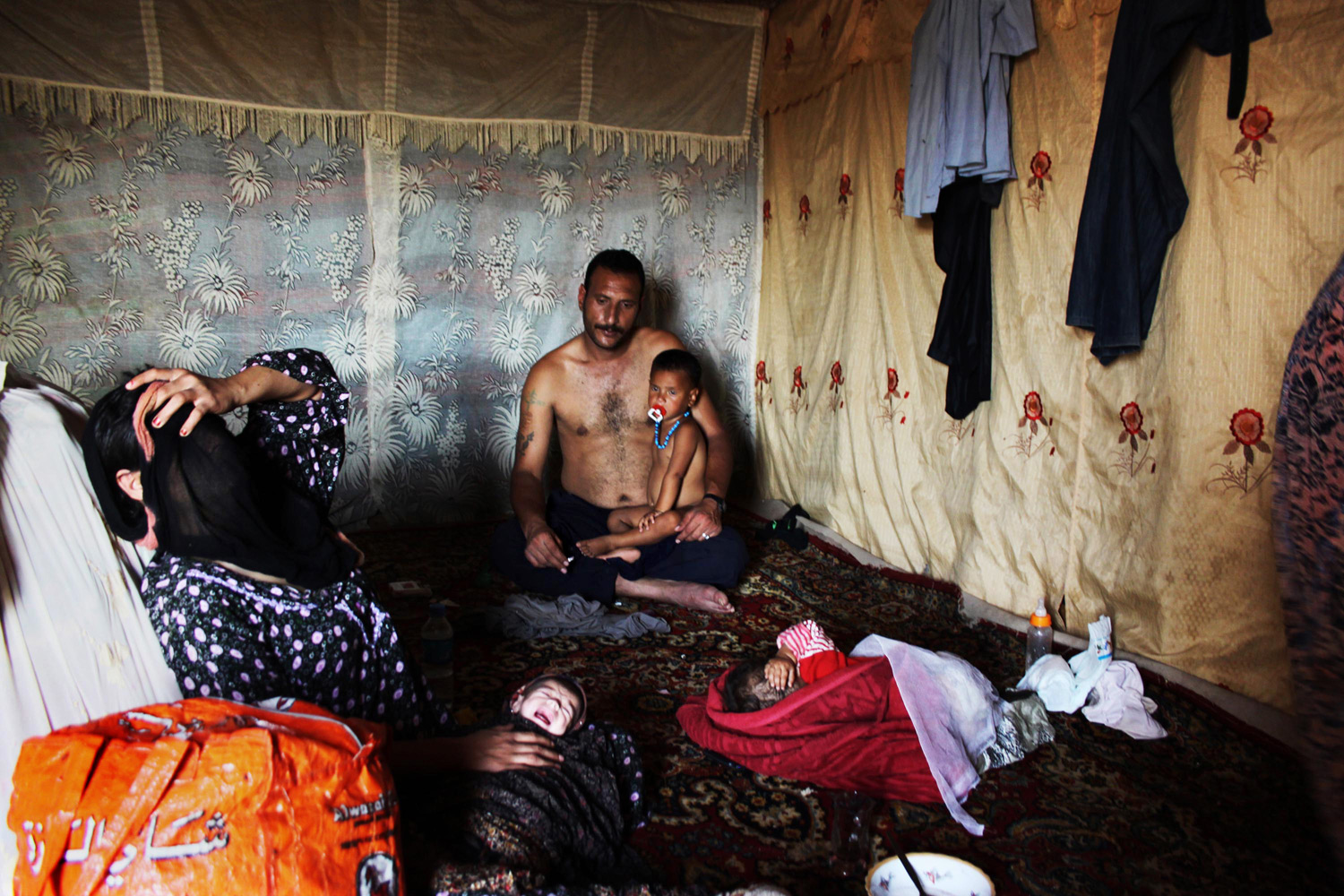

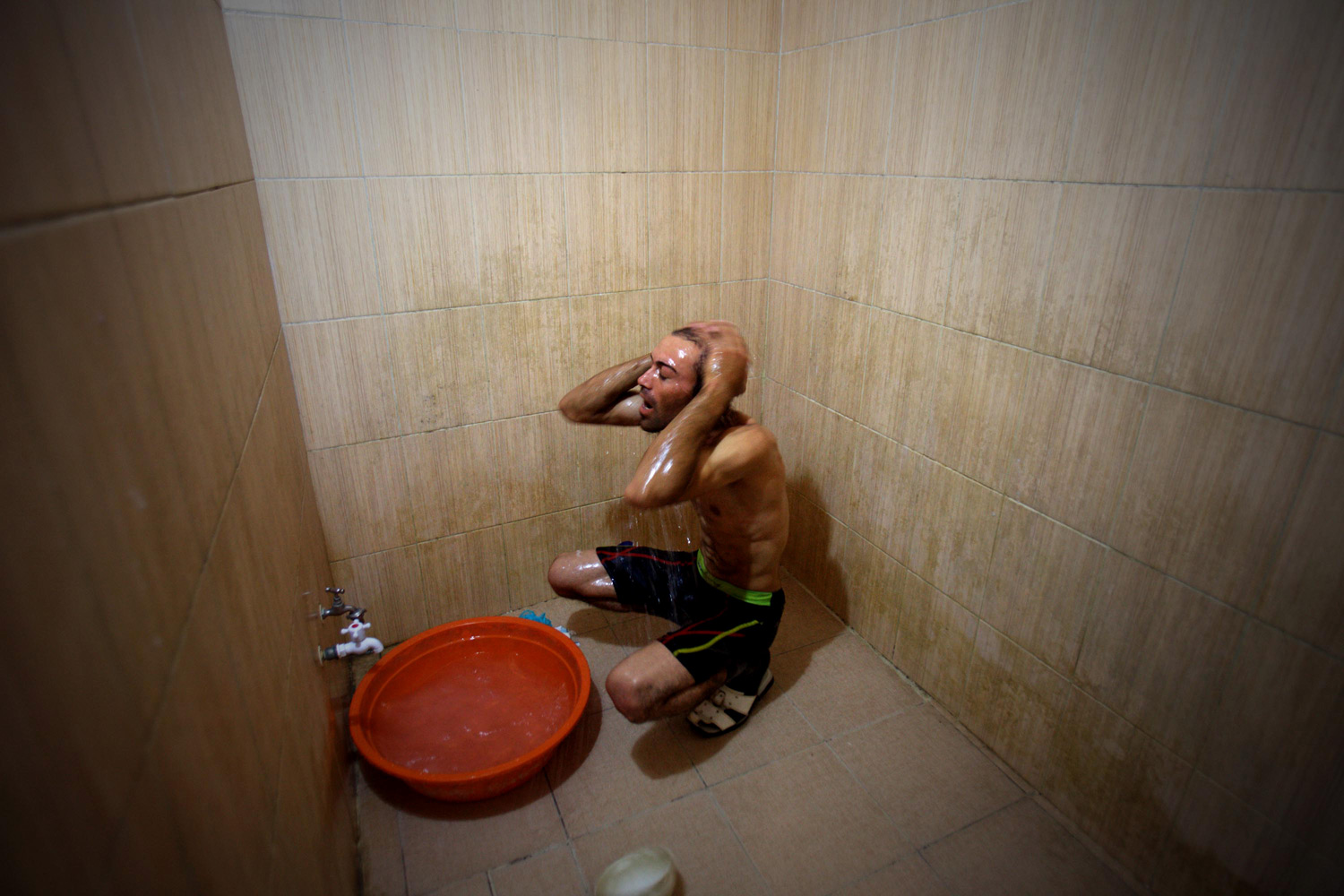
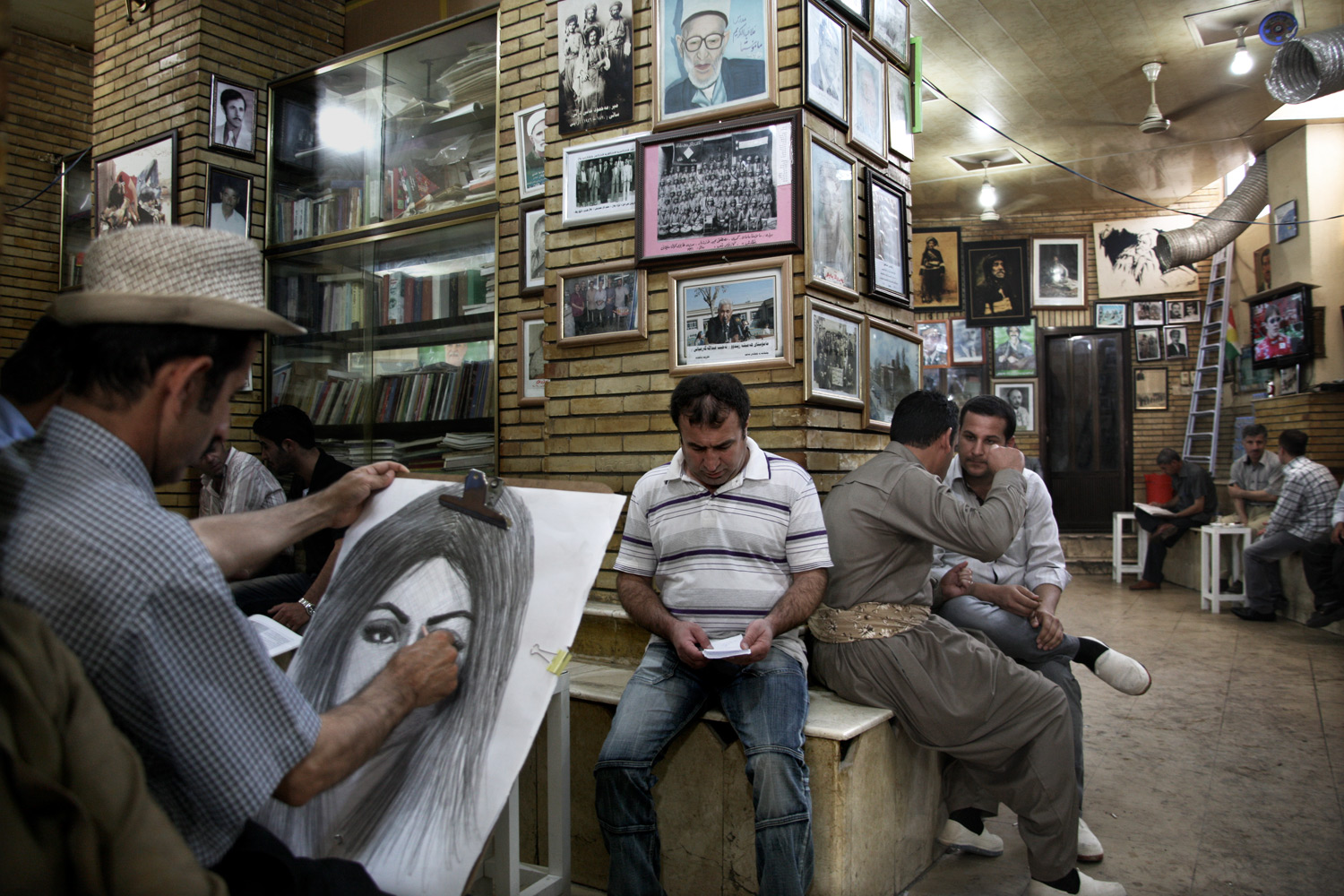
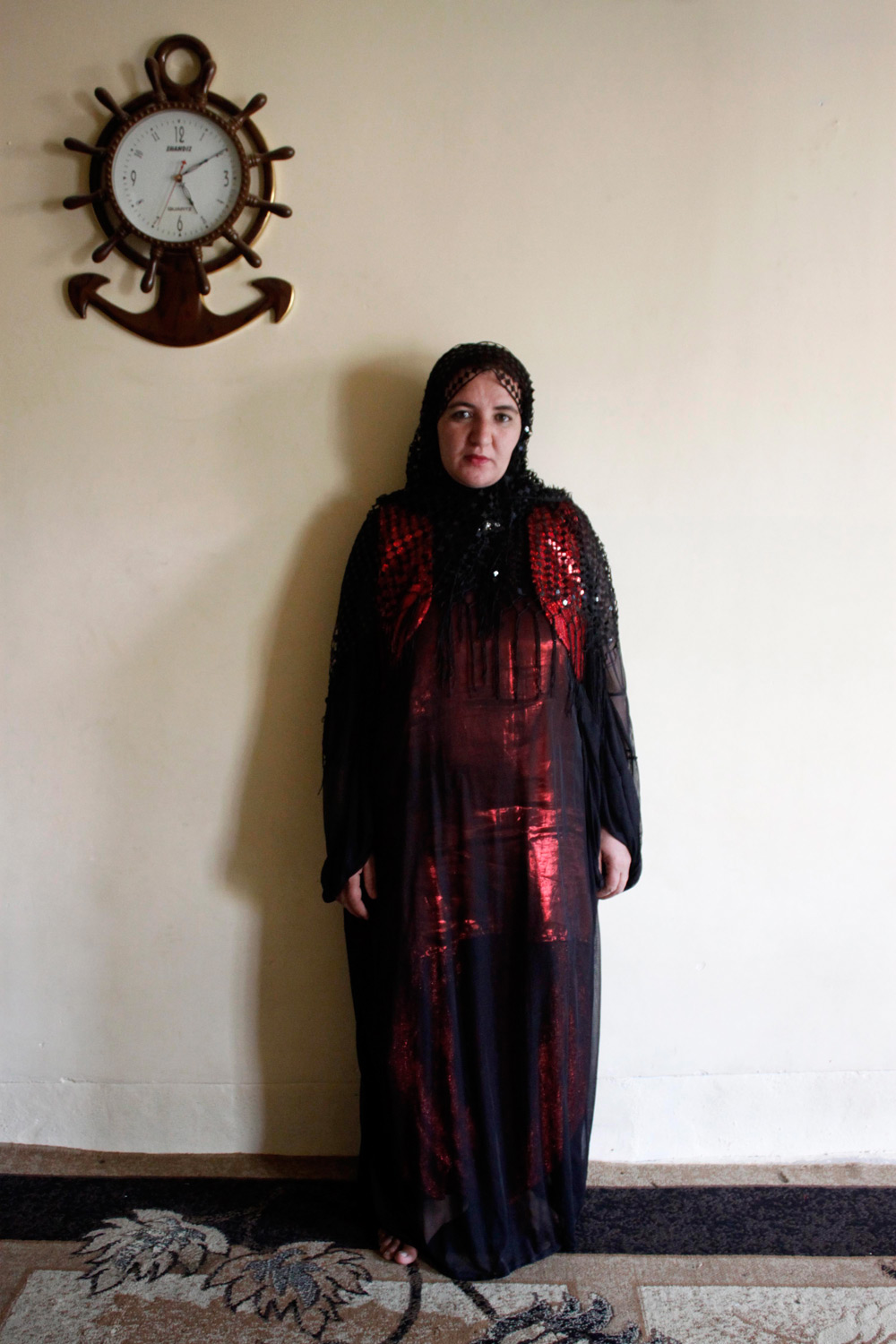
More Must-Reads from TIME
- Cybersecurity Experts Are Sounding the Alarm on DOGE
- Meet the 2025 Women of the Year
- The Harsh Truth About Disability Inclusion
- Why Do More Young Adults Have Cancer?
- Colman Domingo Leads With Radical Love
- How to Get Better at Doing Things Alone
- Michelle Zauner Stares Down the Darkness
Contact us at letters@time.com